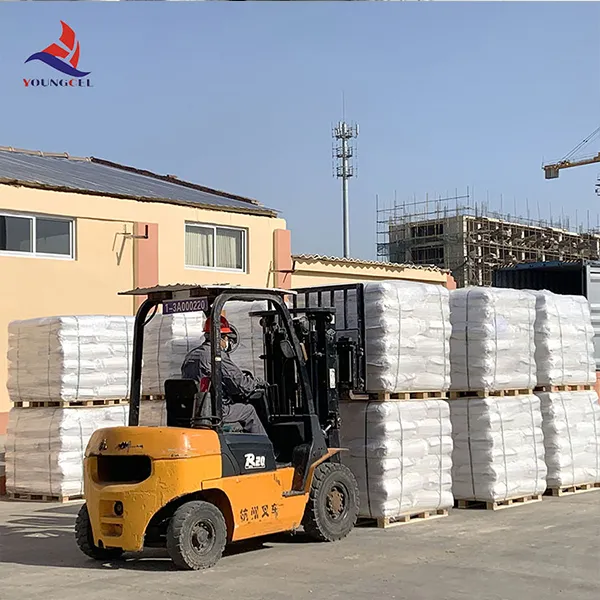The Role of Cellulose and HPMC in Paint Formulation
In the realm of paint formulation, cellulose derivatives have gained immense popularity due to their unique properties that enhance the performance and stability of coatings. Among these derivatives, Hydroxypropyl Methylcellulose (HPMC) stands out as a crucial component in both water-based and solvent-based paints. Understanding the role of cellulose and HPMC in paint not only sheds light on their functional benefits but also underscores their significance in modern coatings technology.
Cellulose is a natural polymer that is abundantly available in plant cell walls. Its versatility as an additive in paint formulations comes from its ability to modify rheological properties and improve the overall stability of the paint. When cellulose is incorporated into paint, it acts as a thickener, allowing for a more manageable application by providing the desired viscosity. This is particularly important in preventing the settling of pigments, which can lead to inconsistencies in color and texture.
The Role of Cellulose and HPMC in Paint Formulation
One of the key advantages of using HPMC in paint formulation is its contribution to the paint's open time — the duration during which the paint remains workable after application. The thickening action of HPMC can extend this open time, allowing painters to achieve better results, especially in intricate applications where blending and final touches are required. Moreover, HPMC helps to prevent premature skinning and drying, enhancing the overall application experience.
cellulose hpmc for paint

Another crucial aspect is the impact of HPMC on the paint’s film formation. After application, the water in the paint evaporates, and HPMC aids in forming a durable film. The smoothness and aesthetic appeal of the applied coating are significantly influenced by the synergistic effects of HPMC in the coating matrix. As the film dries, HPMC helps maintain the integrity and flexibility of the coating, minimizing cracking and ensuring longevity.
In addition to its functional benefits, HPMC is appreciated for its compatibility with various paint ingredients. Whether mix with pigments, solvents, or other additives, HPMC’s ability to seamlessly integrate into diverse formulations ensures that the final product adheres well to surfaces and delivers consistent performance. This compatibility is vital as it allows formulators to innovate and craft a wide array of paints suitable for different applications, whether it be for residential, commercial, or industrial use.
Furthermore, HPMC is considered an environmentally friendly option. Being derived from natural cellulose, it aligns with the green chemistry movement seeking to reduce the ecological footprint of industrial processes. Water-based paints formulated with HPMC not only contribute to lower VOC emissions but also promote a healthier indoor environment—an increasingly important consideration for consumers.
In conclusion, the incorporation of cellulose and Hydroxypropyl Methylcellulose (HPMC) into paint formulations is pivotal for enhancing performance, ensuring stability, and achieving aesthetic appeal. Their versatile application properties, combined with environmental benefits, make them indispensable in the paint industry. As manufacturers continue to explore new formulations and sustainable practices, cellulose and HPMC will remain integral to the evolution of paint technology, catering to the ever-growing demands of consumers and the planet.






